

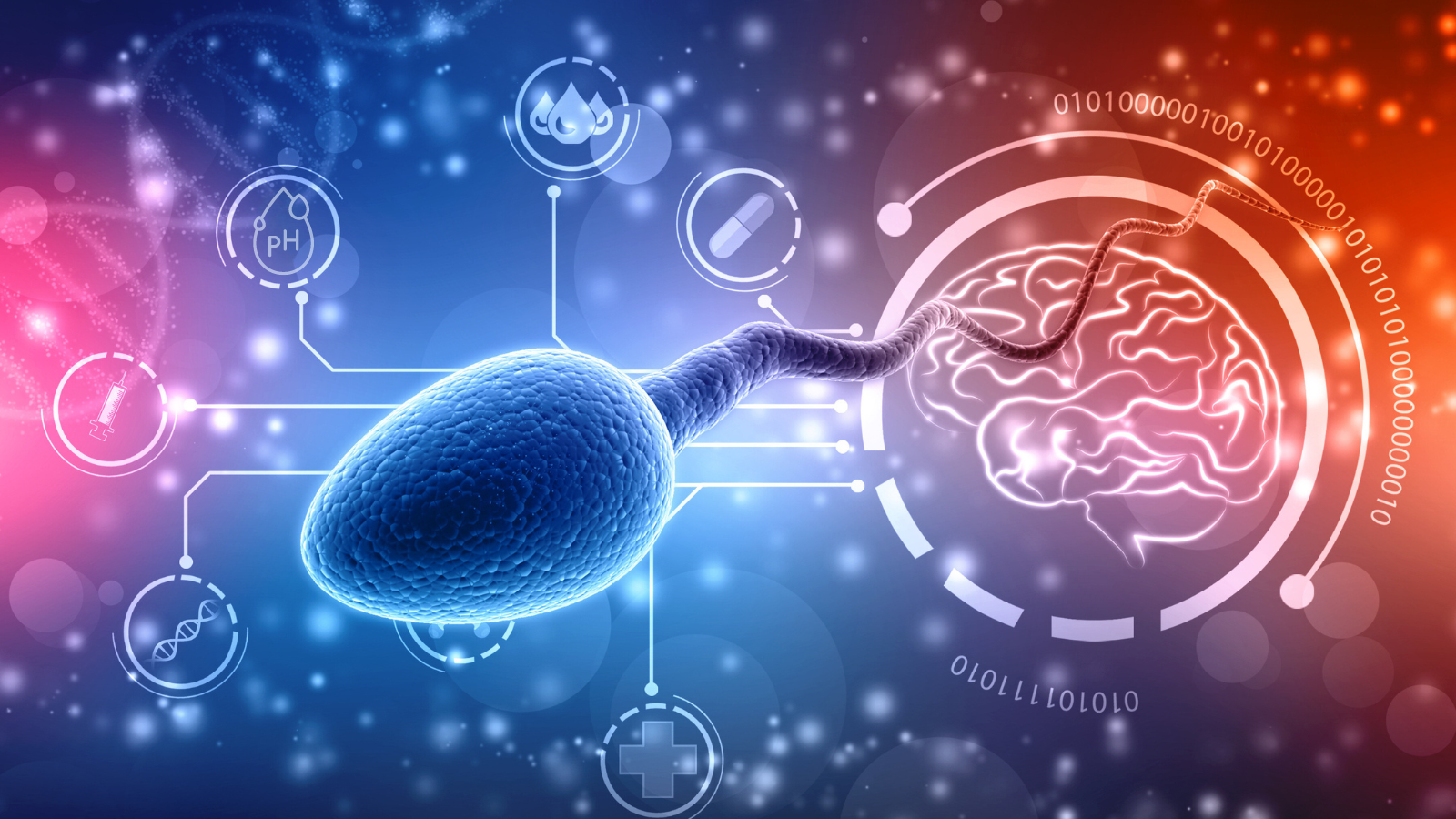
Sex: Engineered for Success
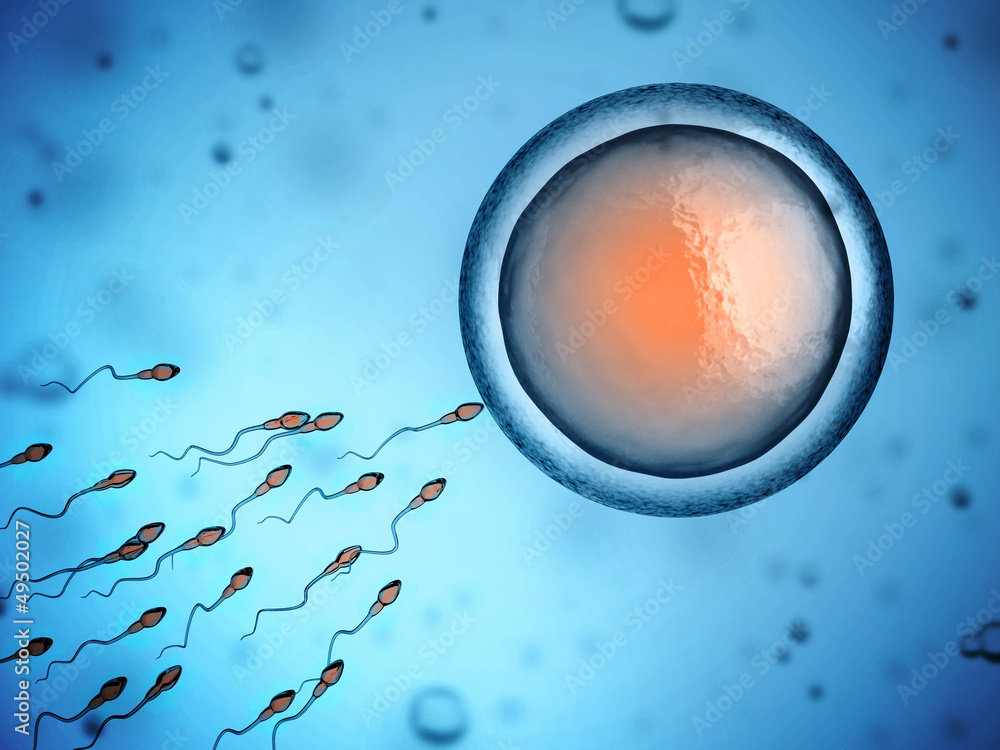
Sex: A Spicy Problem for Evolutionary Theory

Jonathan McLatchie on the Gift of Hearing
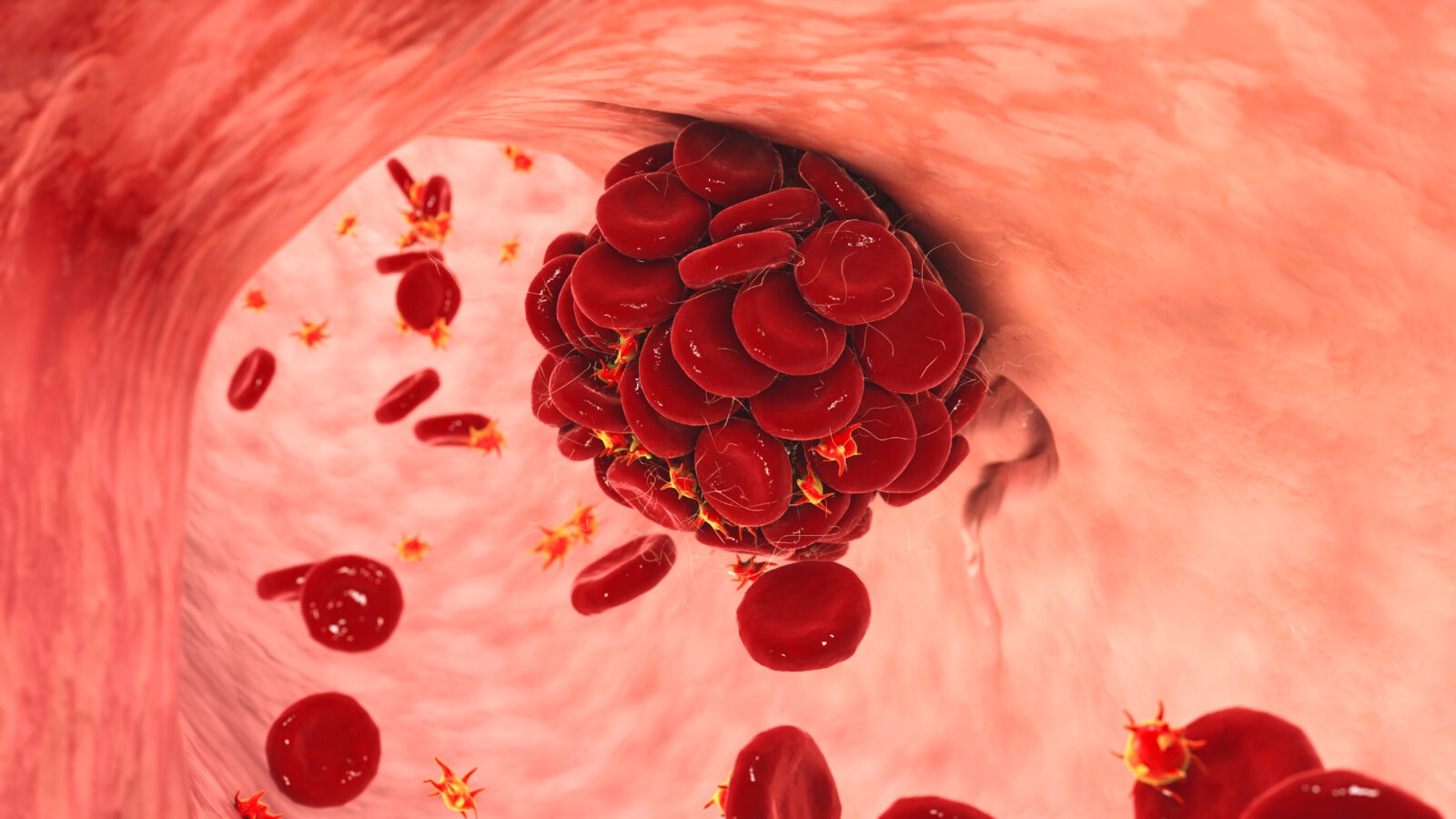
The Engineering Prowess of the Blood Clotting Cascade
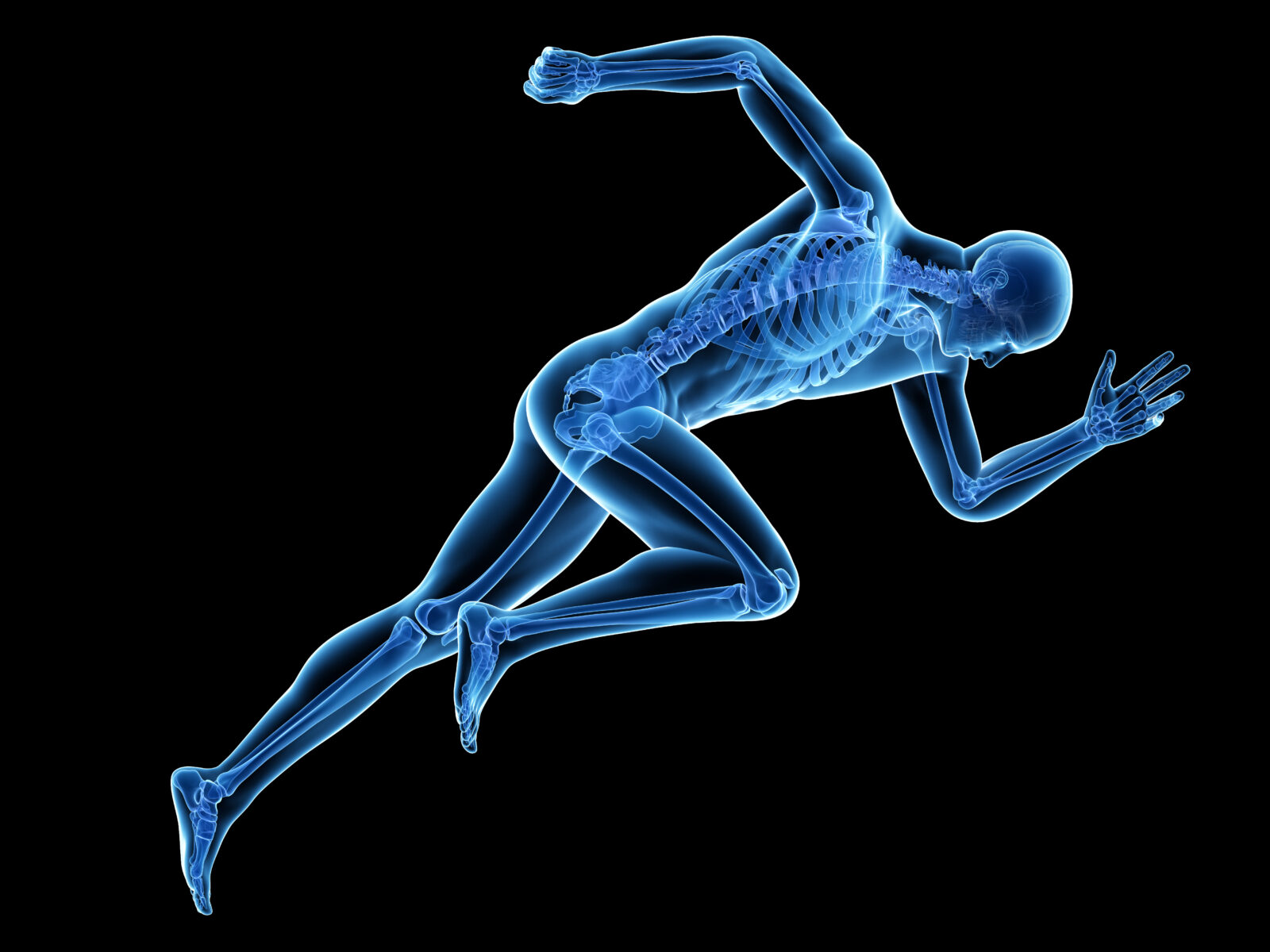
Engineering, not Evolution, Explains the Body

A PhD Evolutionary Biologist on Why He Embraces Intelligent Design
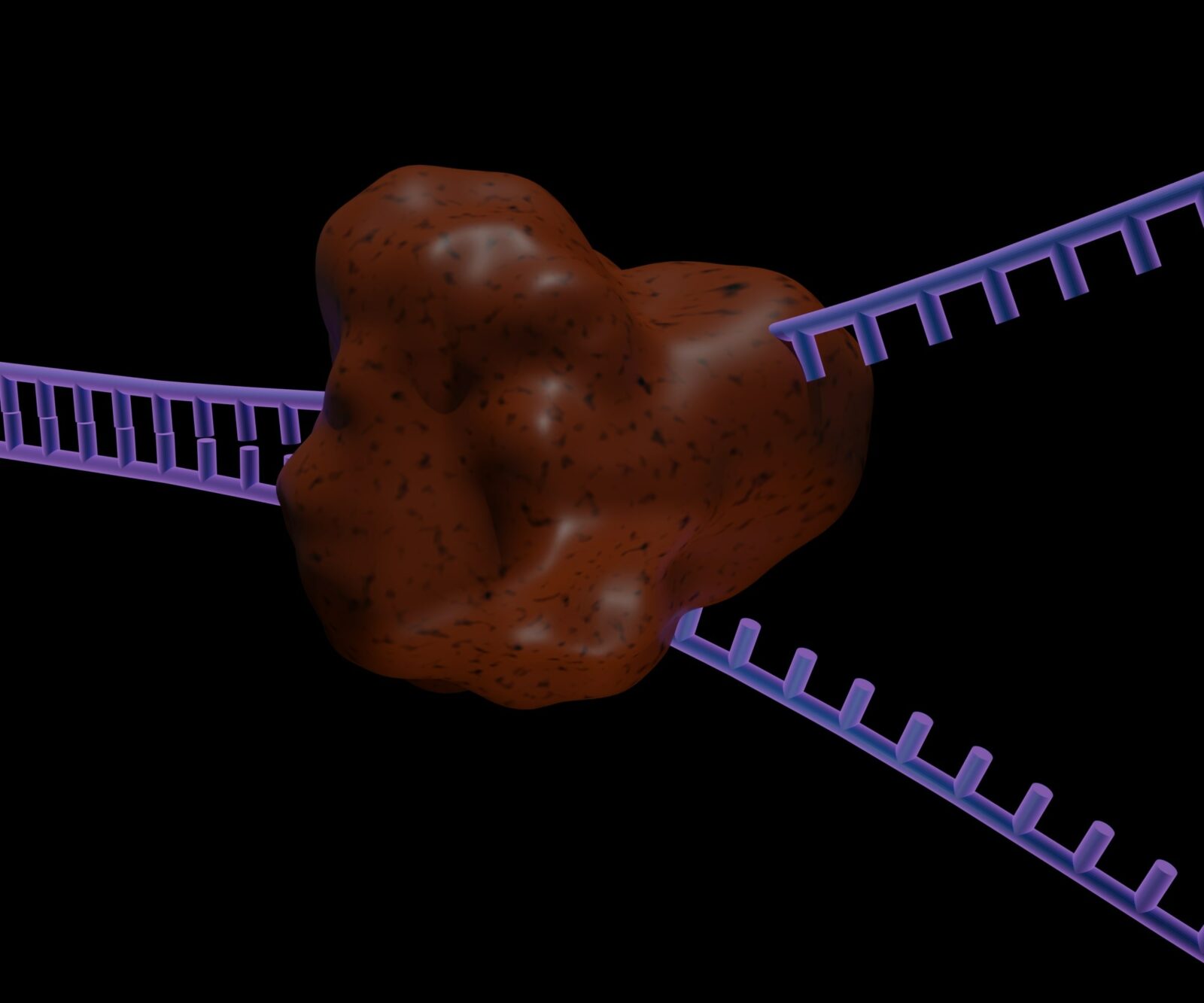
Jonathan McLatchie on Classic Examples of Irreducibly Complex Systems
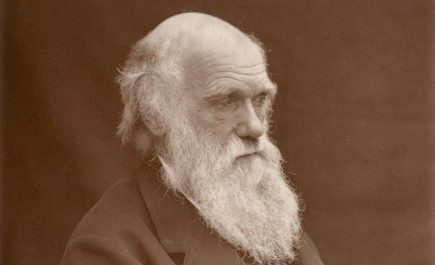
Evolution: How Darwin’s Four Causal Factors Fail
On today’s ID the Future, Your Designed Body co-author and systems engineer Steve Laufmann continues his conversation with host and neurosurgeon Michael Egnor. In this episode, Laufmann reviews four causal factors involved in Darwin’s theory of evolution, and explains why they lack the power to generate life’s great variety of forms. To dive deeper into his argument, check out Laufmann’s new book co-authored with physician Howard Glicksman.
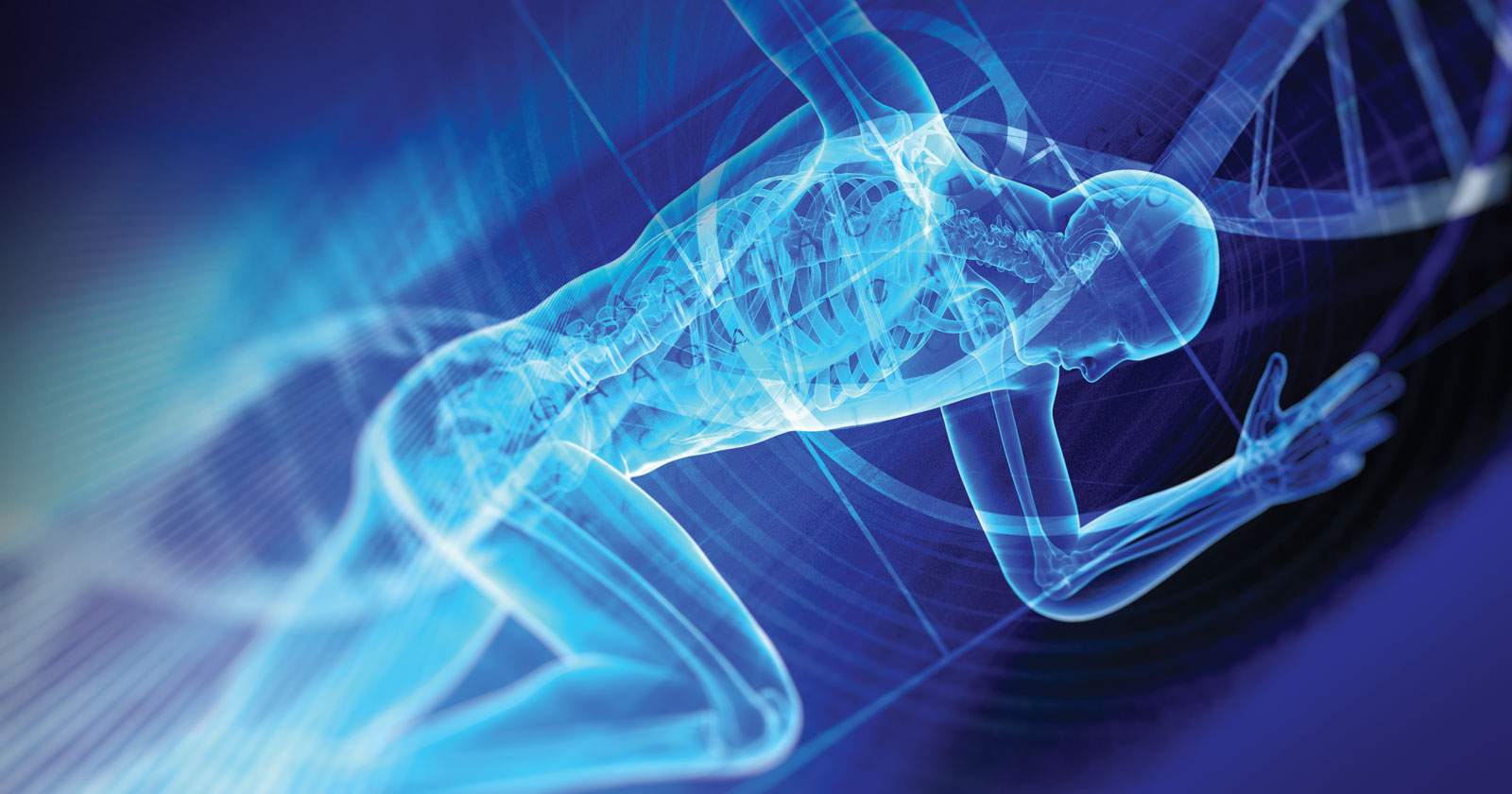
A Neurosurgeon and an Engineer Explore Your Designed Body
On today’s ID the Future, neurosurgeon Michael Egnor hosts systems engineer Steve Laufmann, author with physician Howard Glicksman of the new book Your Designed Body. Egnor makes the surprising confession that his medical library is full of engineering texts because at some point he discovered that engineering texts, and engineering principles, often shed more light on human physiology than did his physiology books. Egnor, then, is extraordinarily well prepared to interview Laufmann about the amazing engineering of the human body. Tune in for Part 1, and stay tuned for Parts 2 and 3.